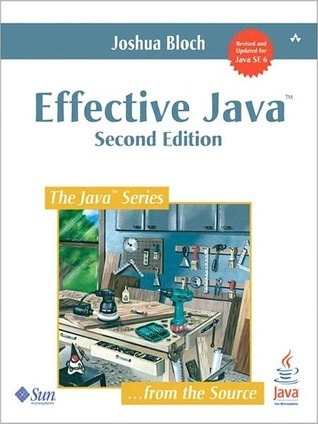What do you think?
Rate this book


This is the eBook version of the printed book.
Are you looking for a deeper understanding of the Java™ programming language so that you can write code that is clearer, more correct, more robust, and more reusable? Look no further! Effective Java™, Second Edition, brings together seventy-eight indispensable programmer’s rules of thumb: working, best-practice solutions for the programming challenges you encounter every day.This highly anticipated new edition of the classic, Jolt Award-winning work has been thoroughly updated to cover Java SE 5 and Java SE 6 features introduced since the first edition. Bloch explores new design patterns and language idioms, showing you how to make the most of features ranging from generics to enums, annotations to autoboxing.
Each chapter in the book consists of several “items” presented in the form of a short, standalone essay that provides specific advice, insight into Java platform subtleties, and outstanding code examples. The comprehensive descriptions and explanations for each item illuminate what to do, what not to do, and why.
Highlights include:
New coverage of generics, enums, annotations, autoboxing, the for-each loop, varargs, concurrency utilities, and much more374 pages, Kindle Edition
First published June 5, 2001
You can see two disadvantages of reflection in the example. First, the example is capable of generating three run-time errors, all of which would have been compile-time errors if reflective instantiation were not used. Second, it takes twenty lines of tedious code to generate an instance of the class from its name, whereas a constructor invocation would fit neatly on a single line.
"[This is what] Java developers who release Open Source […] code are saying: 'Here, I worked hard on this. I hope you like it. But use it exactly how I tell you to use it, because fuck you, it's my code. I'll decide who's the goddamn grown-up around here."